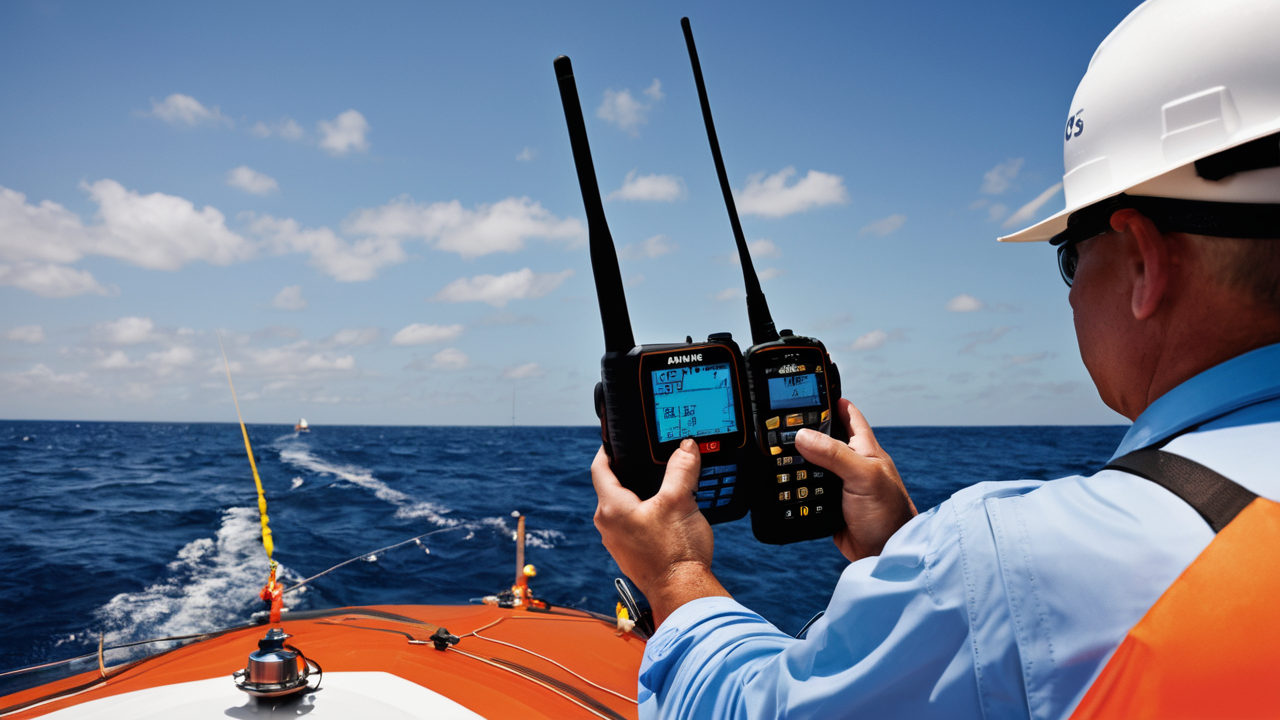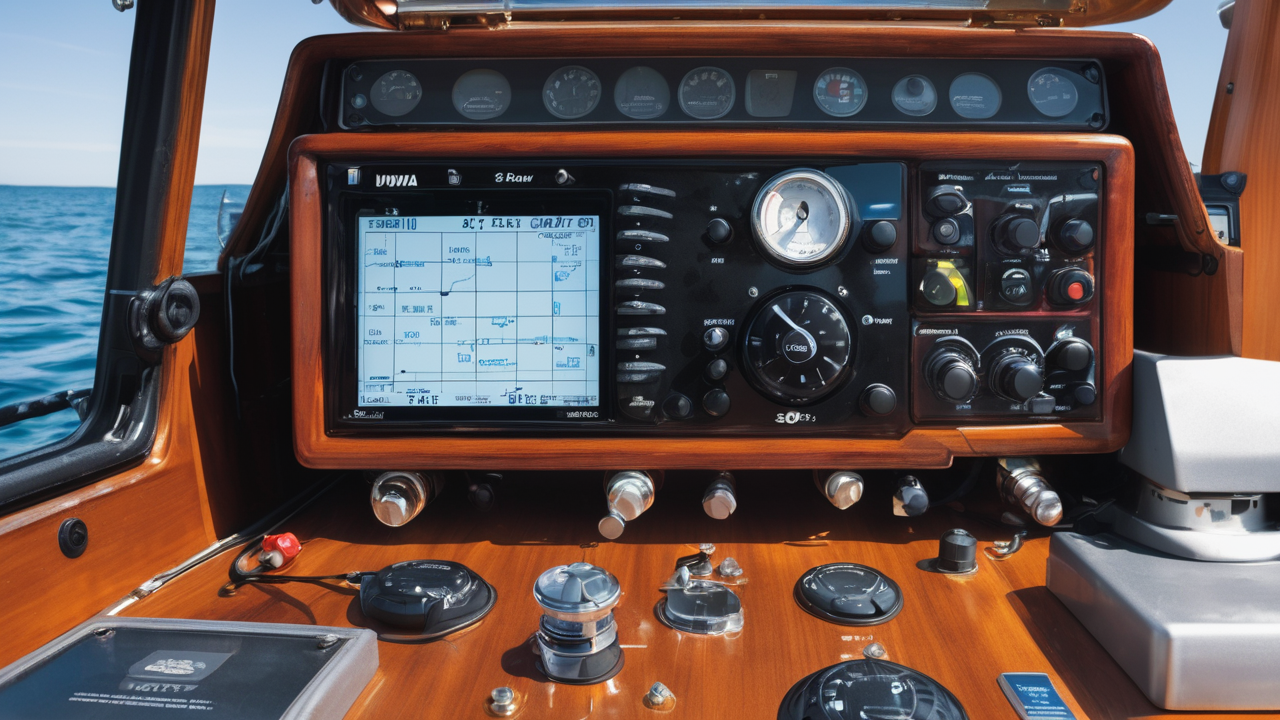Understanding Marine Two-Way Radios
The Importance of Reliable Communication at Sea
Marine two-way radios are vital for safety at sea. They let boaters call for help in emergencies. These radios also help with navigation and weather updates. Boaters can talk to other vessels and shore stations easily. Good communication can prevent accidents and save lives. Marine radios work in harsh conditions where cell phones may fail. They are built to handle salt, water, and rough weather. For US boaters, a reliable marine radio is a must-have tool for any trip on the water.

Key Features of Marine Two-Way Radios
Marine two-way radios have special features for use at sea. They are waterproof and float if dropped in water. Many have GPS for location tracking. Some offer DSC (Digital Selective Calling) for distress alerts. Key features include:
- VHF channels for marine use
- Weather alerts and NOAA weather channels
- Long battery life
- Loud, clear audio
- Durable, rugged design
- Night vision display
Look for radios with these features to ensure safety and ease of use while boating.
US Coast Guard Regulations for Marine Radios
The US Coast Guard sets rules for marine radios. All boats over 20 meters must have a VHF radio. Smaller boats are not required to have one, but it's strongly advised. Key regulations include:
- Radios must be able to transmit on channel 16 (156.8 MHz)
- Users need a ship station license for international waters
- Operators should know proper radio etiquette
- Radios must be registered with an MMSI number for DSC use
Always check current Coast Guard rules before buying or using a marine radio.
Top Marine Two-Way Radios on the Market
Standalone Handheld Radios for Fishing and Leisure Boats
Handheld marine radios are perfect for small boats and personal use. They are portable and easy to use. Top choices include:

- Standard Horizon HX870: Has GPS and DSC
- Icom M25: Floats and flashes when in water
- Uniden MHS75: Affordable with good range
These radios are great for fishing trips and day cruises. They offer safety features in a compact size. Look for models with long battery life and clear sound. Some even connect to your smartphone for added features.
Integrated Radios for Sailing and Power Boats
Larger boats often use fixed-mount radios. These offer more power and range. Popular options are:
- Icom M506: Has AIS receiver and NMEA connectivity
- Standard Horizon GX2400: Includes GPS and AIS
- Simrad RS40-B: Features wireless handset options
These radios integrate with boat systems. They provide clear communication over long distances. Many have large screens and advanced features. Choose based on your boat size and cruising needs.
Advanced Features and Durability in Marine Radios
Modern marine radios offer advanced features for safety and convenience. Look for:
- AIS integration for vessel tracking
- Bluetooth for wireless headsets
- NMEA 2000 compatibility
- Dual and tri-watch functions
- Voice recording and playback
Durability is key in marine environments. Top radios are waterproof, shockproof, and UV-resistant. They can withstand extreme temperatures and saltwater exposure. Choose a radio that matches your boating conditions and usage needs.
Setting Up and Maintaining Your Marine Two-Way Radio
Best Practices for Installation and Setup
Proper setup ensures your marine radio works well. Follow these steps:

- Choose a good location: Mount the radio where it's easy to see and use.
- Connect to power: Use marine-grade wiring and fuses.
- Install the antenna: Place it high and clear of obstacles.
- Program channels: Set up common channels and your MMSI number.
- Test the system: Check range and clarity before heading out.
For handheld radios, charge fully before use. Keep spare batteries on board. Always read the manual for specific setup instructions.
Routine Maintenance and Troubleshooting
Regular care keeps your marine radio in top shape. Follow these tips:
- Clean the radio with fresh water after salt exposure
- Check connections for corrosion
- Test the radio regularly, even when not in use
- Keep software and charts updated
- Replace the battery every few years
If you have issues, check antenna connections first. Make sure the radio isn't in scan or weather mode. For persistent problems, consult the manual or a marine electronics expert.
Upgrading and Replacement: When to Invest in New Gear
Know when it's time to upgrade your marine radio. Signs include:
- Poor range or audio quality
- Lack of modern safety features
- Frequent repairs needed
- Outdated technology
Upgrade if your boating needs change. A larger boat may require a more powerful radio. New regulations might demand newer features. Always prioritize safety when deciding to replace your marine radio. Invest in quality gear that meets current standards and your specific boating requirements.





